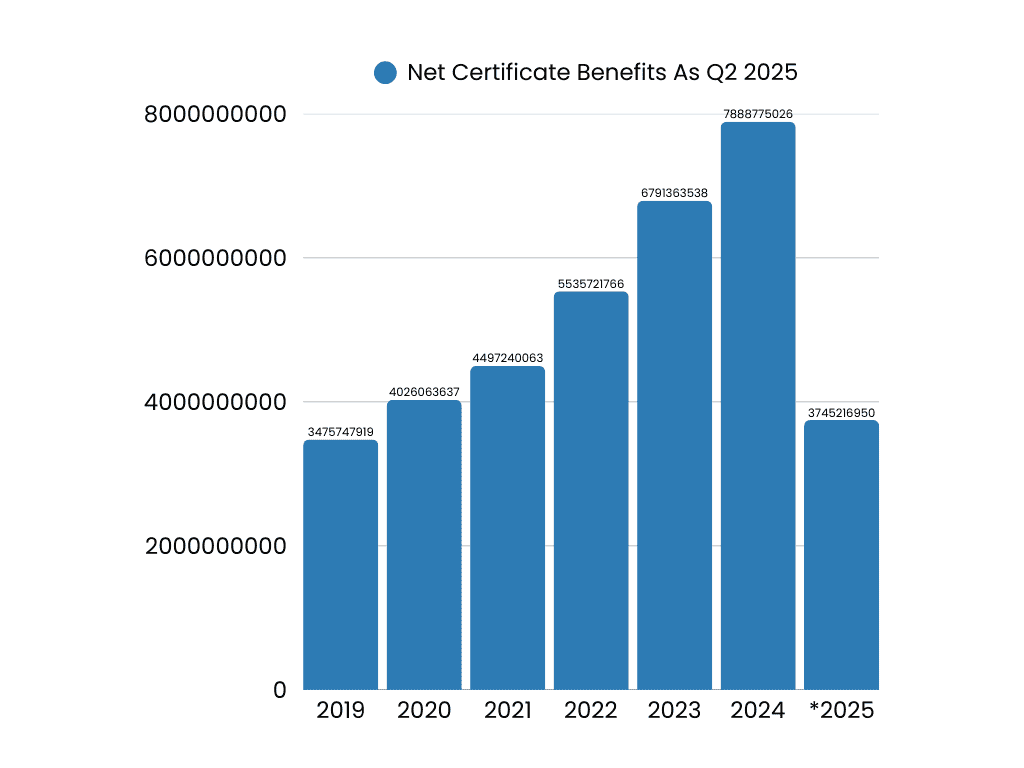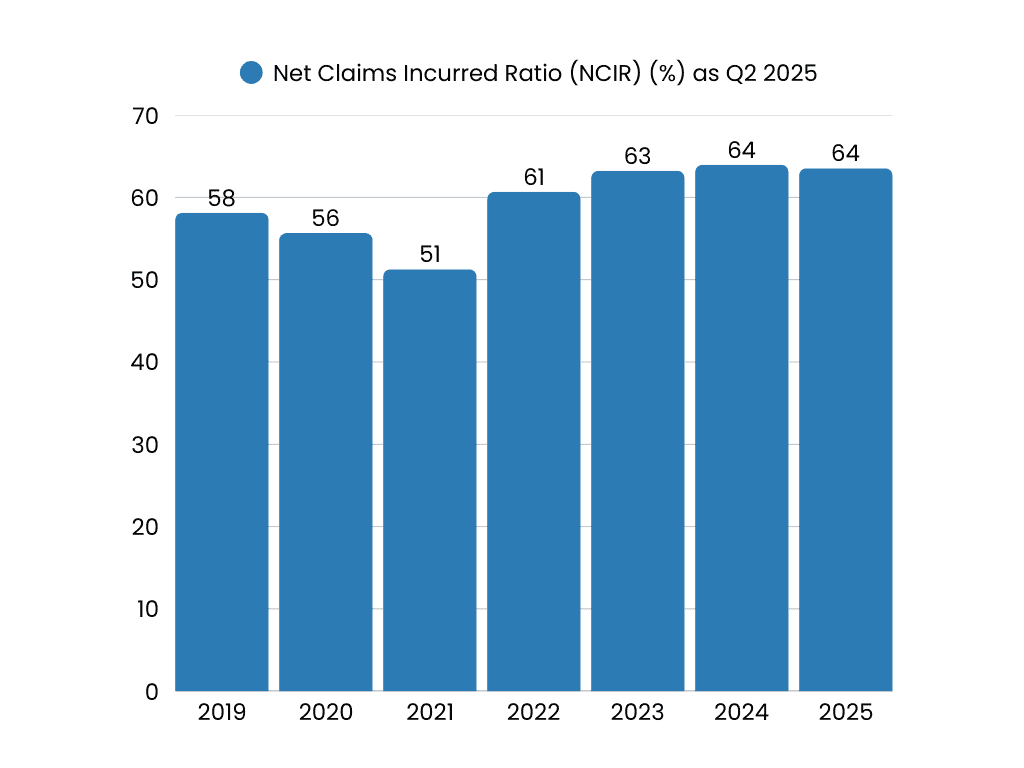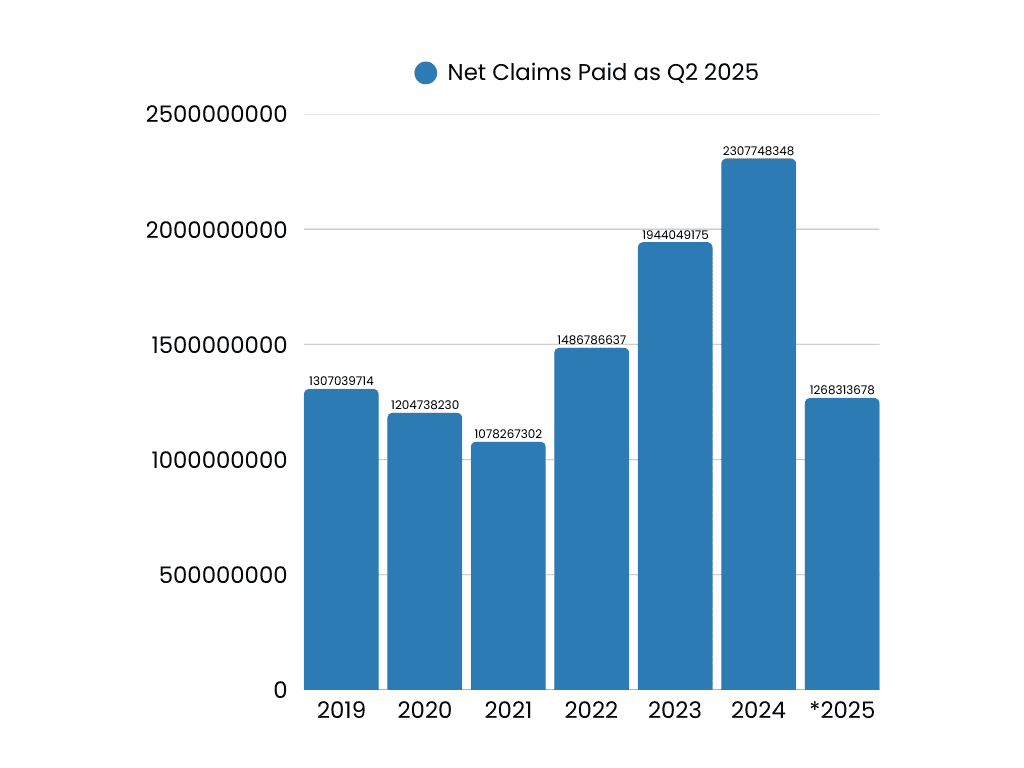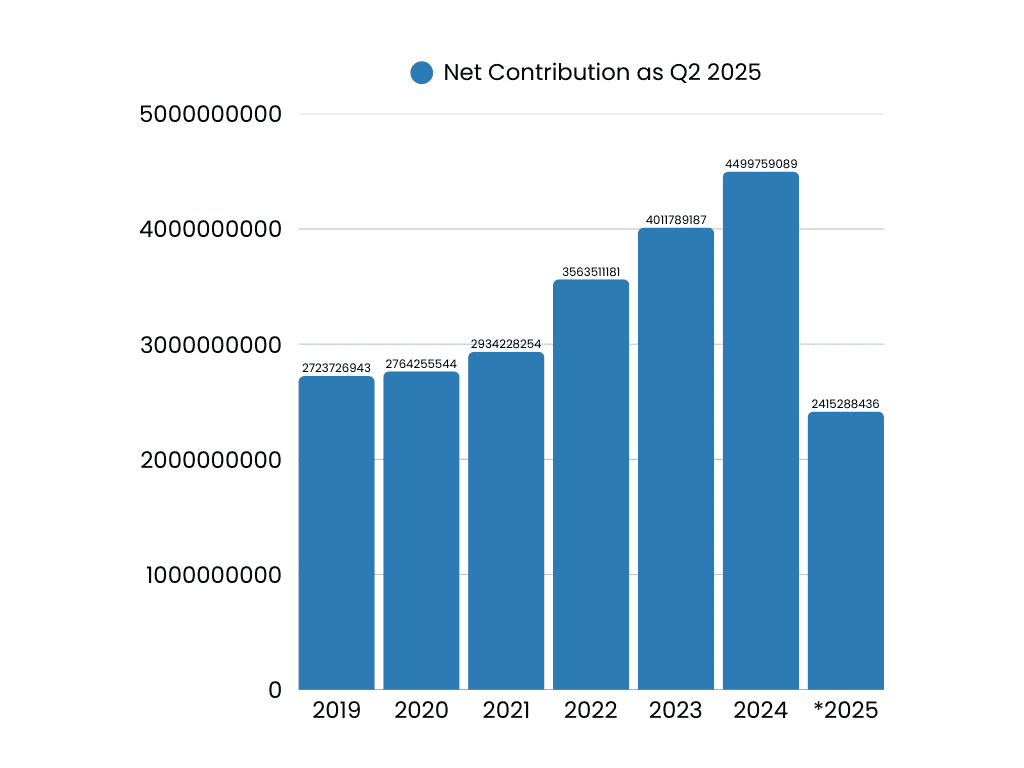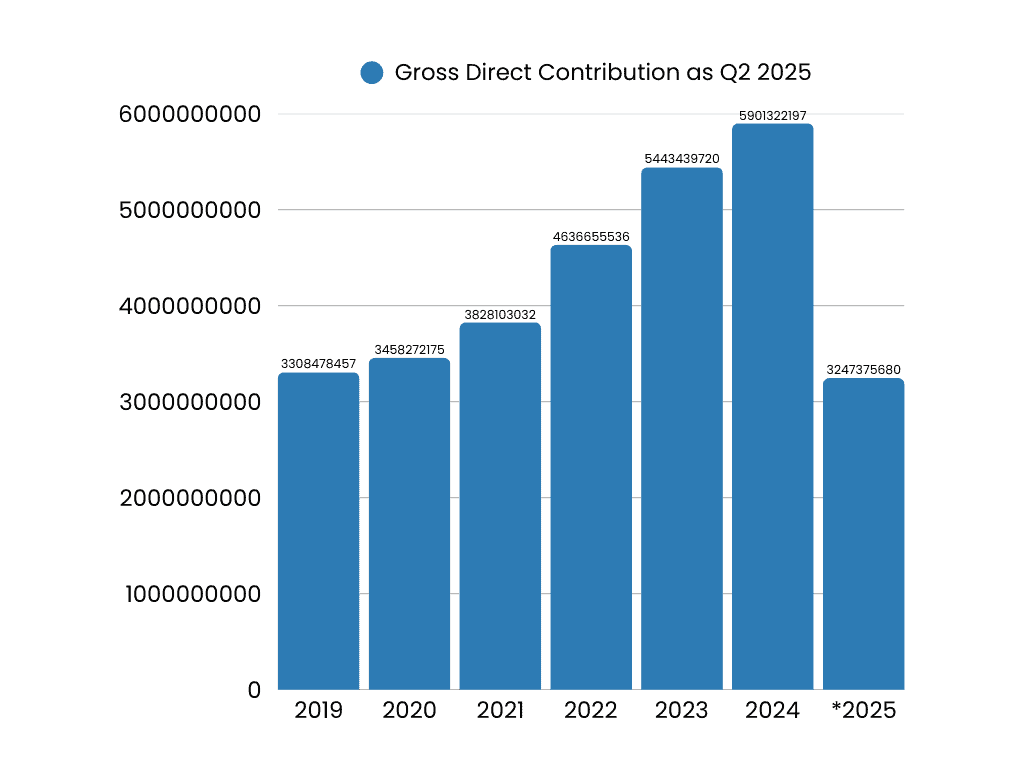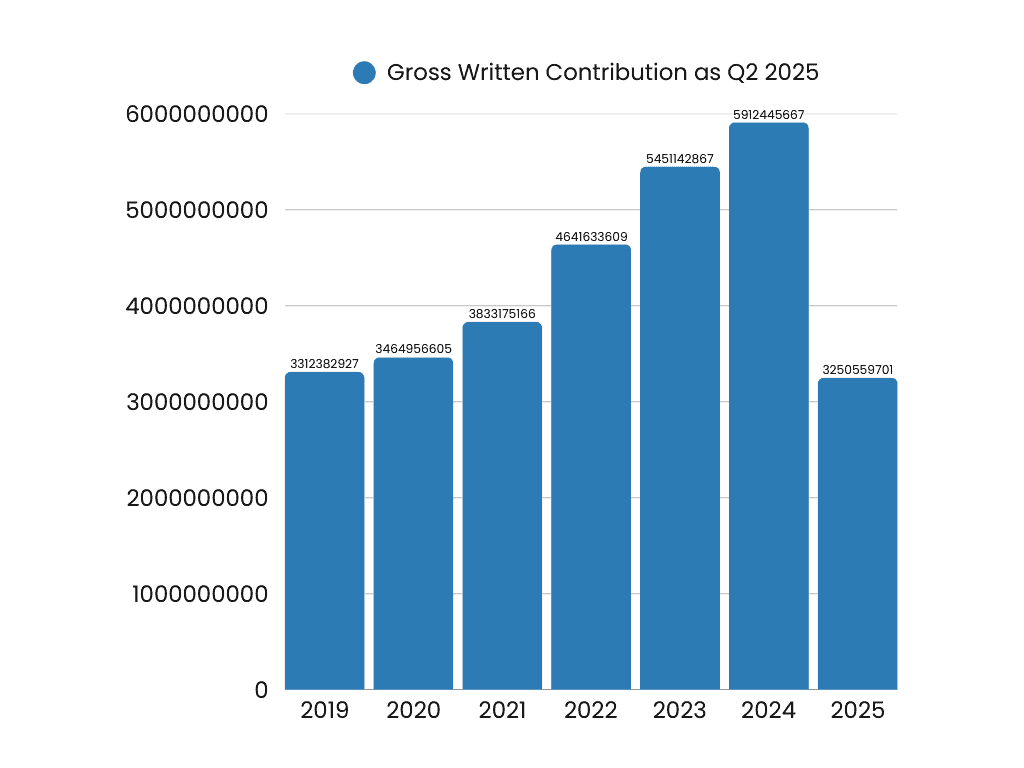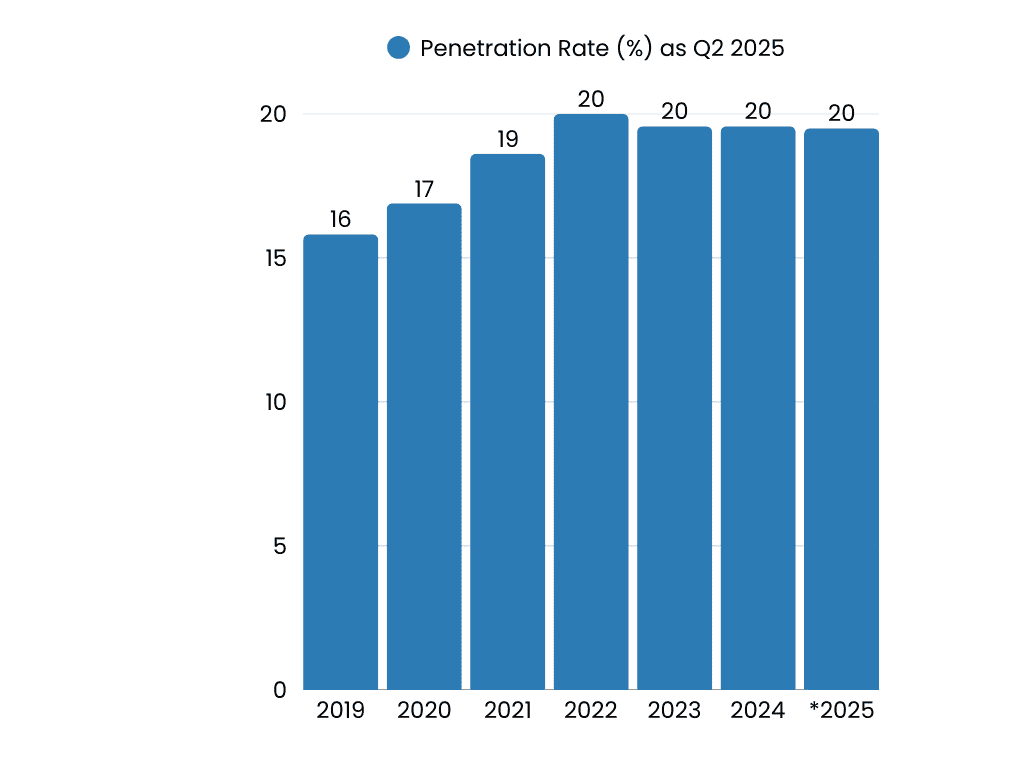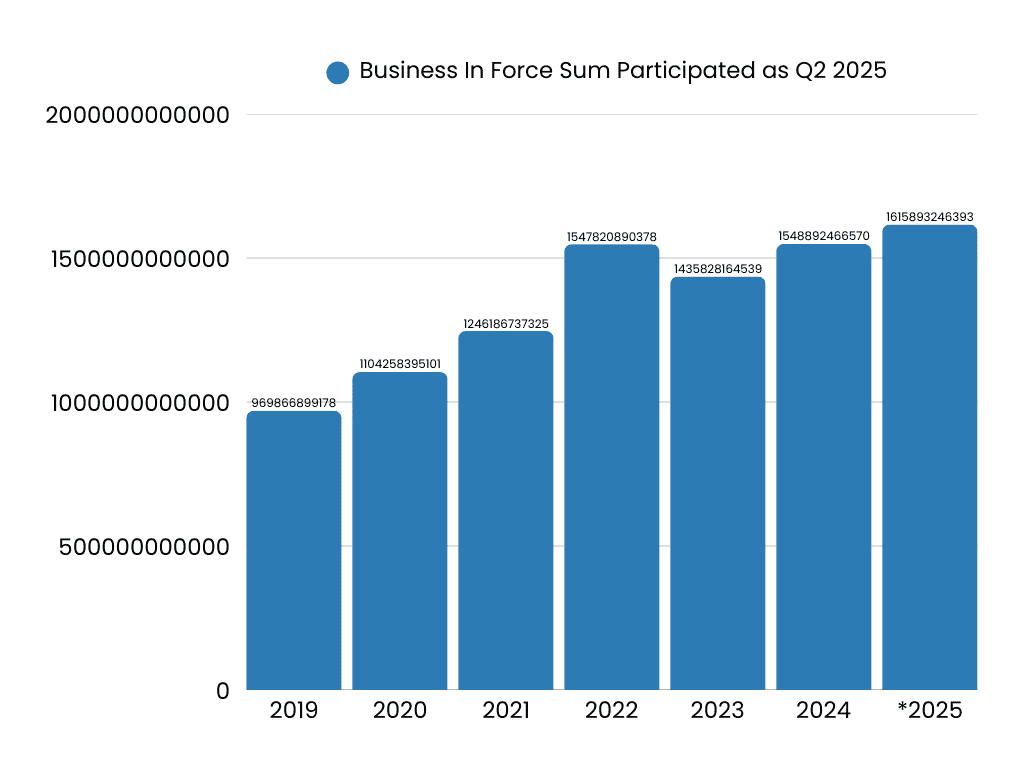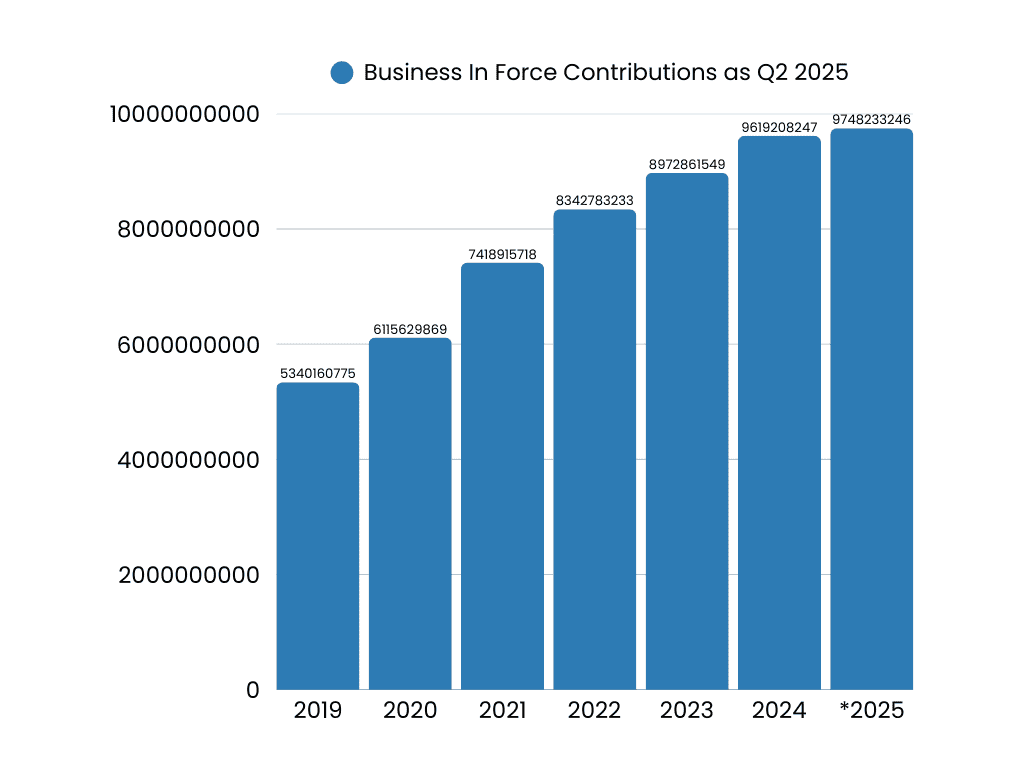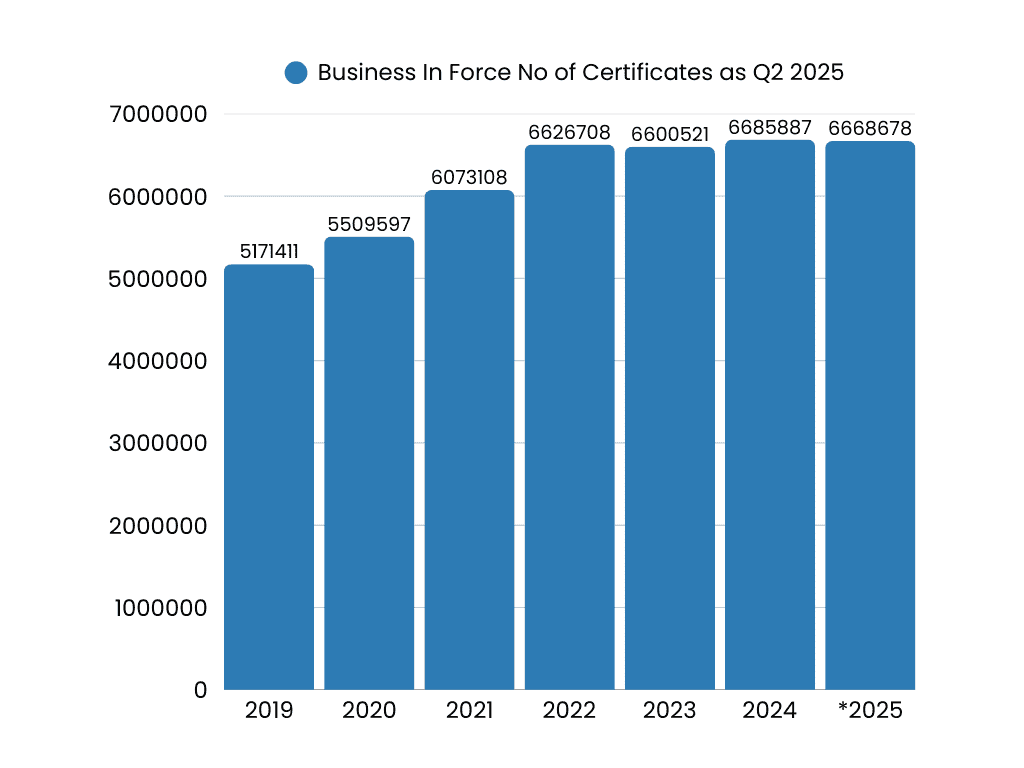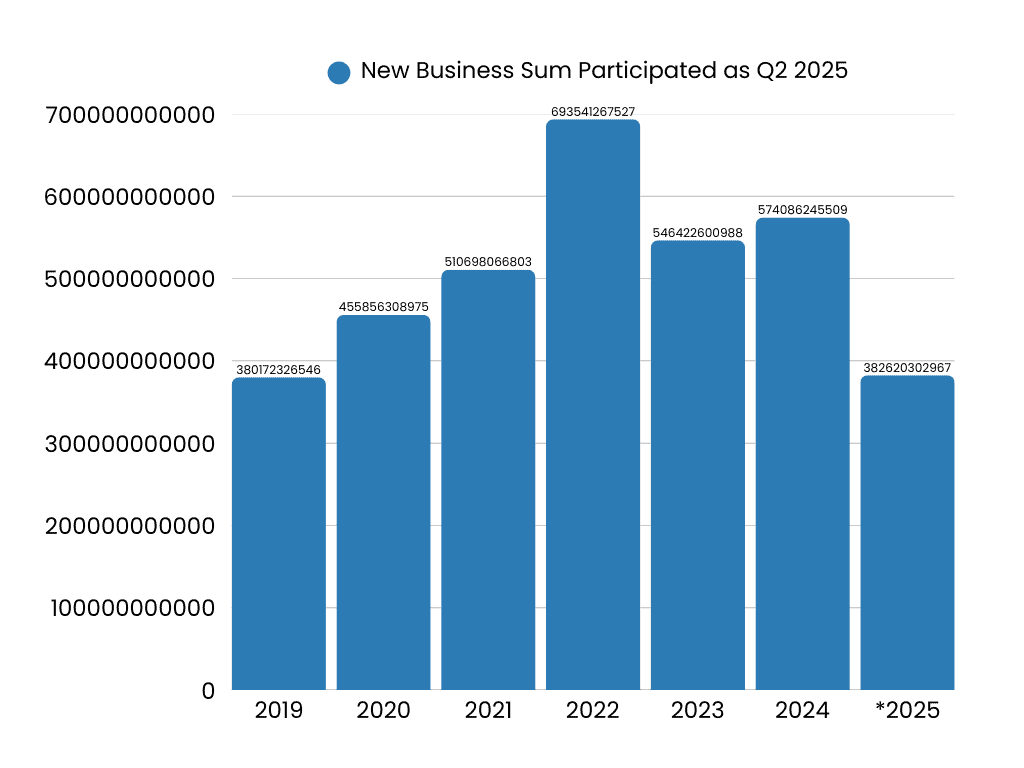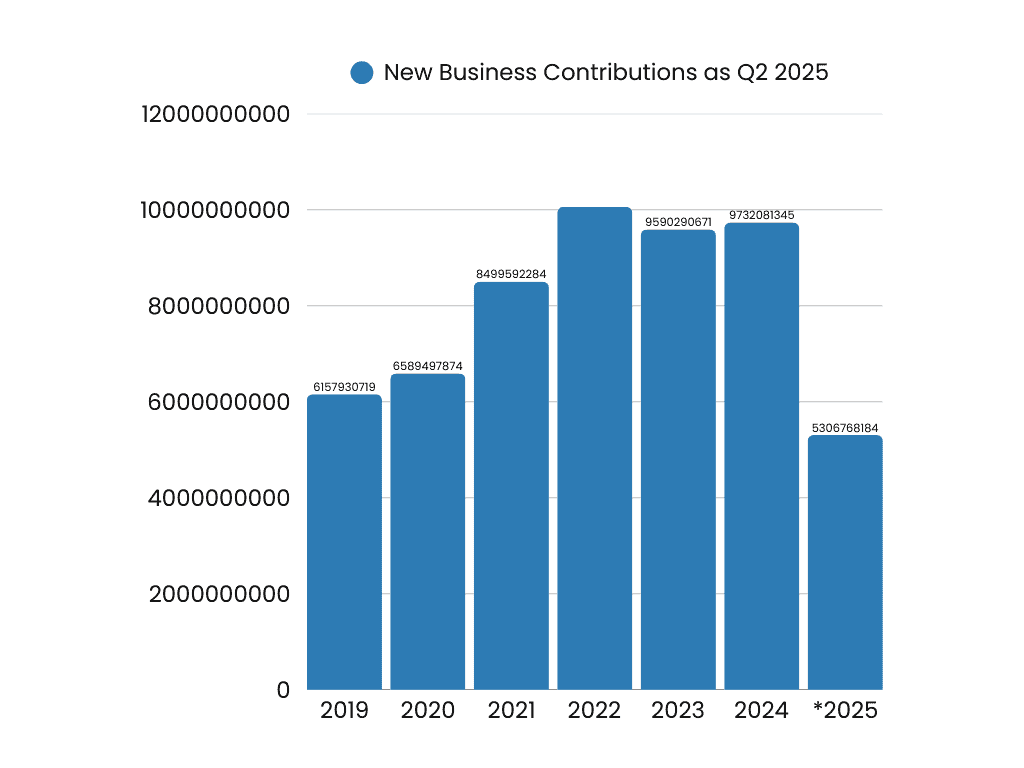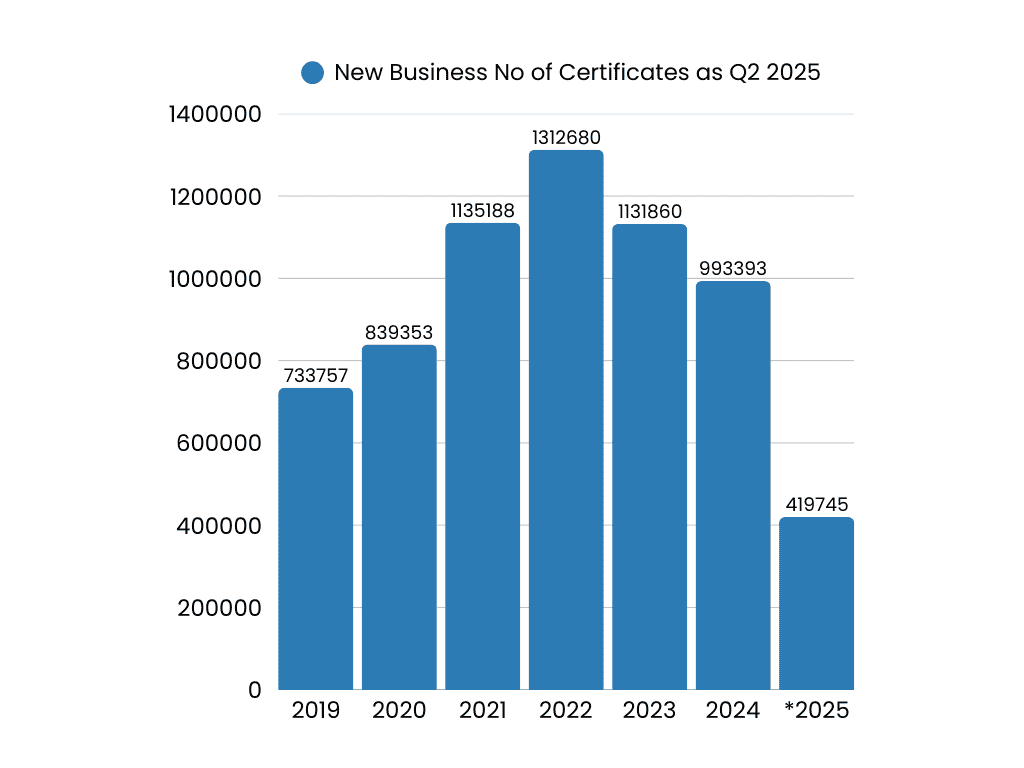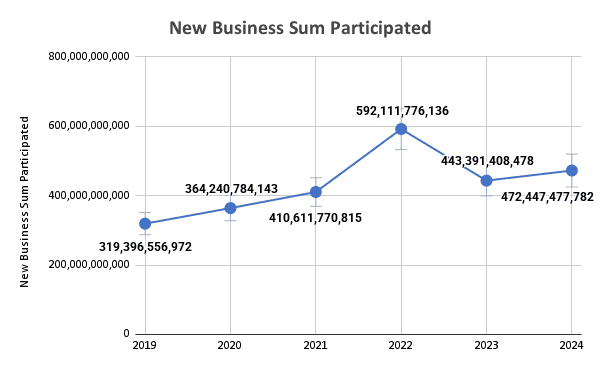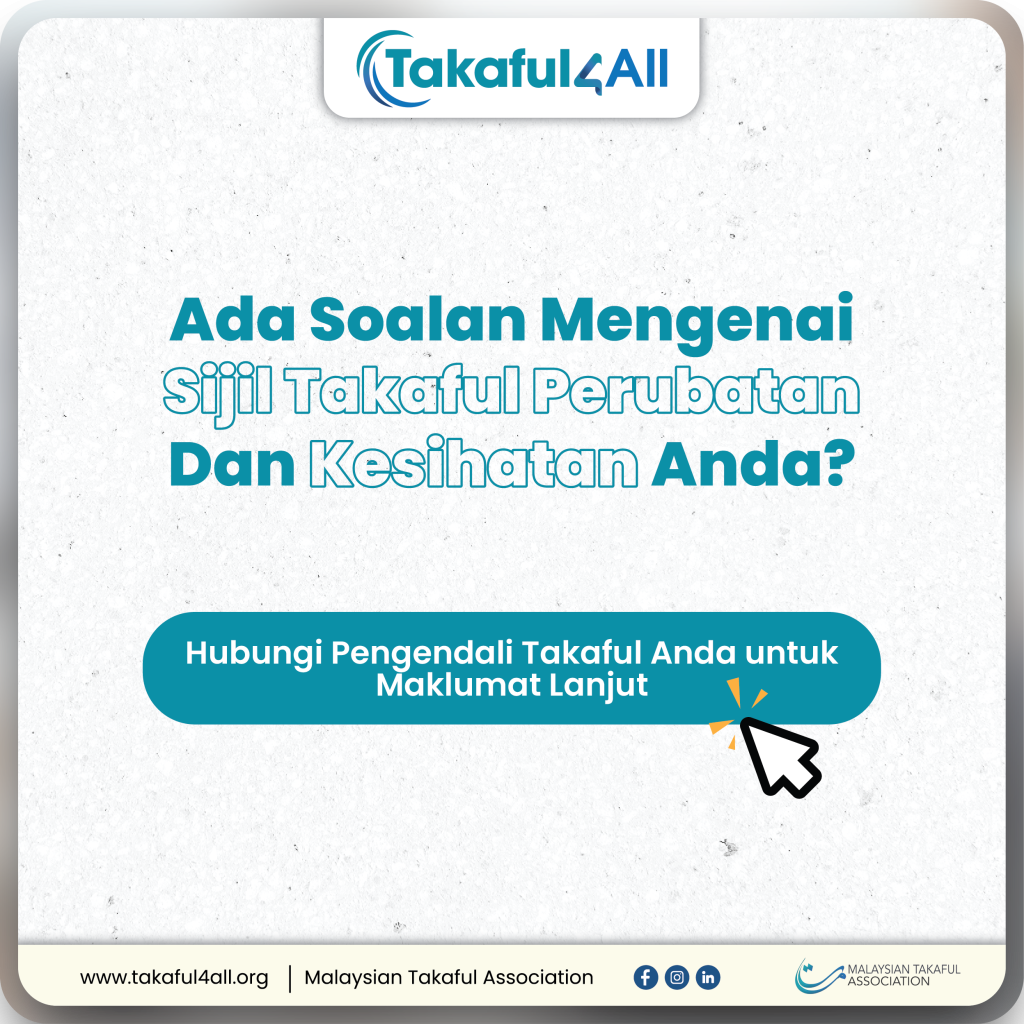Phase Liberation
Consumers will now be able to enjoy a wider choice of motor takaful products at competitive prices as liberalisation encourages innovation and competition among insurers and takaful operators.
Frequently Asked Questions (FAQs) on Liberalisation of The Motor Tariff
Tariffs are sets of fixed price list created under insurance acts to streamline and control premium charges and policy wordings. The tariffs by virtue of regulatory guideline are also made applicable to takaful.
Examples of these are Motor and Fire insurance/takaful policies. When premiums/takaful contributions are tariffed, insurance companies/takaful operators are not allowed to vary the prices chargeable/contribution amount required on the insurance policy/takaful certificates.
When you participate in the General Takaful plan you will be covered when something happens to the items that are being covered. For instance, if you participate in General Takaful for your house and it was damaged in a storm, your Takaful protection will cover the cost of repairing your house but as long as you are up to date on your Takaful certificate.
As a savvy consumer, you must shop around and compare prices from various Takaful companies.
The liberalisation of motor inusurance/takaful means that the price of motor insurance/takaful products will no longer be determined based on Motor Tariff (a set fixed price list). Pricing will be determined by individual insurers and takaful operators.
Consumers will now be able to enjoy a wider choice of motor insurance/takaful products at competitive prices as liberalisation encourages innovation and competition among insurers and takaful operators. Insurers and takaful operators are able to charge premiums/determine takaful contributions that are in line with broader risk factors inherent in a group of policyholders being insured/certificate holders being covered; and also market new products that are not defined under the tariff.
Insurance premium/takaful contribution is calculated based on the sum insured/sum covered and model of the vehicle. Additionally, insurers/takaful operators are allowed to apply limited premium/takaful contribution loading based on the age of the driver and the number of accidents on record. Depending on the driver’s claims history, the calculated premium/takaful contribution to be paid is adjusted against the discount (No Claim Discount or NCD).
Typically, drivers with good driving records can enjoy a higher percentage of NCD up to 55%.
However, the driver may experience receiving different quotes from different insurers/takaful operators due to other factors mentioned above.
As Malaysia progresses towards a developed nation status, the insurance and takaful market is being opened up to allow a more equitable approach to the charging of premium/determining takaful contribution.
A good risk should be rewarded and a bad risk recognised. This means that a good driver should pay lesser premium/takaful contribution compared to another driver who is in a class that is more likely to experience many accidents. There should also be incentives for perceived bad drivers to become better risks and be rewarded with reduction in premium/takaful contribution.
The first phase of the Liberalisation of the Motor and Fire Tariff was introduced on 1 July 2016. During this initial phase, insurers and takaful operators were given the flexibility to offer new motor products and add-on covers that were not defined under the existing tariff.
From 1 July 2017 onwards, premium rates/takaful contribution for Motor Comprehensive; and Motor Third Party Fire and Theft products will be liberalised where premium pricing/takaful contribution will be determined by individual insurers and takaful operators List of Malaysian Takaful Association member companies currently offering motor takaful products:

However, premium rates/takaful contribution for Motor Third Party product will continue to be subjected to tariff rates. The existing motor products and coverage are:

Liberalisation and open markets are associated with developed countries. The journey can be guided or left to market forces.
For consumers, the benefits include:
- An improvement in the quality of service and a wider range of products at competitive prices due to greater competition among insurers and takaful operators;
- The availability of new products with different features that will enable consumers and businesses to obtain the coverage that best meets their insurance/takaful needs.
- As safety features will be one of the factors to determine premiums/takaful contribution, drivers will be incentivised to inculcate safe driving habits which will benefit them and the general public.
- Competitive pricing will be offered by insurers and takaful operators where consumers may benefit from shopping around to obtain the best deals that suit their needs.
- New distribution channels such as cost efficient online channels would enable insurance protection to be purchased in a manner most convenient to consumers.
Yes, you are eligible for tax relief when you participate in Family Takaful plan. Your Takaful Operator will produce an annual contribution statement to support your income tax return to the Inland Revenue Board.
As a consumer, there is an expectation that there will be wider choices and options of motor and fire products available to purchase, and that the products will be more suited to the individual’s needs.
For low risk groups, premiums/takaful contributions are expected to be lower. On the other hand, for high risk groups, premiums chargeable/takaful contributions are expected to be higher but this can be moderated by risk reduction factors undertaken by the policyholders/certificate holders e.g. safer driving habits to reduce accidents, installation of car telematics or certified anti-theft devices for cars which help reduce theft.
Effective 1 July 2017, under the liberalised environment, more risk factors will be taken into account in determining premiums/takaful contributions. Other than the sum insured, cubic capacity of the vehicle engine, age of vehicle and age of driver, premiums may be driven by other factors.
These factors could be safety and security features of the vehicle, duration that the vehicle is on the road, geographical location of the vehicle (in areas with higher incidents of theft) and traffic offences on record. These factors will define the risk profile group of the policyholder/certificate holders which will determine the premium/takaful contribution.
As different insurers and takaful operators have different ways of defining the risk profile group, the price of a motor policy would differ from one insurer/takaful operator to another.
The NCD structure will remain unchanged and continue to be transferable from one insurer or takaful operator to another. You will be entitled to the NCD which you are eligible for.
Motor Third Party insurance/takaful product is still available for consumers who want to purchase basic motor insurance/takaful cover at tariff rate.
You are advised to always check with your insurer or takaful operator or the agent on new products and add-on covers introduced.
Do shop around to make informed purchasing decisions by obtaining different quotations by contacting the agents, insurers or takaful operators through their call-centres or online channels.
This will differ from insurer to insurer as well as takaful operator to takaful operator. Consumers should shop around for the motor insurance/takaful that best meets their needs.
New online distribution channels which are cost efficient would enable insurance/takaful protection to be purchased in a manner most convenient to the consumers.
We anticipate that there will be developments in IT online platforms that will be able to provide consumers a quick comparison of prices with different features enabling them to make an informed decision.
Insurance companies and takaful operators in Malaysia are closely regulated by the BNM and have adequate measures and guidelines in place to ensure proper and prudent underwriting and a sound marketplace. One of the policy intentions of BNM is to moderate the increase in competition and product innovation to ensure the industry and consumers will be able to adapt in a sustainable and gradual manner.
Moreover, the Phased liberalisation is a continuation of the New Motor Cover Framework. The discussion on Phased Liberalisation between the industry and BNM has taken place since 2013. Various measures have been taken at individual company level with lead times provided to allow all insurers and takaful operators to build internal capabilities and formulate their marketing activities based on their business models. In addition, the Liberalisation of the Motor and Fire Tariffs will be implemented in a phased approach, which will allow time for industry to adjust to the new operating environment.
However, in anticipation of adverse unsustainable pricing, the regulator has phased the liberalisation process and insurance companies will need to get approvals if they want to price aggressively. In addition, the Risk Based Capital Framework will ensure companies have adequate funds in place.
Although consumers will be more empowered, they can still consult their insurance/takaful agent with whom they have been consulting previously to answer all their concerns on insurance/takaful. They can also approach the companies directly and then make their own decision on the policy/cover they want to purchase.
New products to be offered will be determined by market forces. Insurers are now allowed to be more innovative and deliver better products to protect the consumers. Therefore, we can expect to see some interesting products in the market. The industry has been working very closely with the regulator on the preparations for liberalisation and this new transition has been well planned under the direction of BNM.
A risk profile is an analysis of whether a pool of consumers present a high or low risk, based on certain factors. Each insurance company/takaful operator is expected to be guided by its own identified risk factors.
With liberalisation, there will no longer be fixed premium/takaful contribution rates based on the model, age and cubic capacity of the vehicle to be insured/covered.
Premiums/takaful contributions will now be charged based on the risk profile of the insured, e.g. driving habits, claims history, etc. With this subjective assessment, there is bound to be a difference in premiums/takaful contribution amongst insurance companies/takaful operators
Consumers should shop around and select the insurance/takaful coverage that best meet their needs and at a competitive price.
Premiums/takaful contributions will be impacted by the claims history and driving habits of the insured/person covered. However, the first phase of liberalisation covers Comprehensive and Third Party Fire and Theft cover, which are basically purchased by owners of private cars and other four wheeled vehicles.
PIAM and MTA are committed to promote safe driving habits and all road users should consciously practice good driving habits, not just to enjoy lower premiums/takaful contributions but also for their own safety.
Topical information will be posted on insurers’ and takaful associations’ respective websites. In addition, consumers may contact the following:
Persatuan Insurans Am Malaysia (PIAM)
www.piam.org.my
pic@piam.org.my
Tel: 03-2274 7399
Malaysian Takaful Association (MTA)
www.malaysiantakaful.com.my
mtasecretariat@malaysiantakaful.com.my
Tel: 03-2031 8160
Top 10 Things That You Should Know About The Implementation of Phased Liberalisation of Motor And Fire Tariffs
Kuala Lumpur, 15 July 2016 (updated 31 Mar 2017)
Motor and Fire insurance are mandatory insurance protection and accounts for close to two-thirds, i.e. 66% of the total general insurance market in 2015.
For the past three decades, the premiums which insurance companies can charge consumers have been regulated by a tariff structure. For motor insurance, this has resulted in a growing gap between premiums collected and claims paid out by the insurers. This has led to the Motor Third Party business becoming unsustainable.
To ensure that motor insurance cover continue to be made available and accessible to motorists, The New Motor Cover Framework (the Framework) was implemented in 2012 and saw four rounds of gradual upward adjustments from 2012 to 2015. The Framework also paves the way for phased liberalization of Motor Tariff in 2016. On the other hand, the Fire Tariff was revised three times from 1992 to 2000.
In March 2016, Bank Negara Malaysia announced the Phased Liberalisation of the Motor and Fire Tariffs before transitioning to a fully liberalized market
Here are top ten things that you should know when purchasing or renewing your new Motor and Fire insurance coverage starting 1 July 2016.
Tariffs are fixed price lists that determine the premium rates which insurance companies can charge consumers for insurance products sold by them.
Examples of these are Motor and Fire insurance policies. When premiums are tariffed, insurance companies are not allowed to vary the prices chargeable on an insurance policy.
Liberalisation of the tariff means removing the tariff structure or freeing up the fixed premium rates so that insurance companies are able to charge premiums that commensurate or correspond to the risk profile group of the consumers.
This also implies that different insurance companies can charge different rates for the same risk profile group based on their business risks models and strategies.
The liberalisation of the tariffs is a continuation of the Framework established in paving the way for the pricing of motor and fire insurance protection which is more reflective of risks profile group of the consumers.
The Phased Liberalisation of the Motor and Fire Tariffs provides for the removal of tariffs through a phased approach.
In this new environment, the insurance and takaful industry will have the flexibility to offer motor and fire products with new features at market-based pricing which is based on the risk profile groups of the policyholders.
The Phased Liberalisation of the Motor and Fire Tariffs will be implemented in a phased approach to allow time for consumers and industry to adjust to the new operating environment.
In the first phase, starting 1 July 2016, insurers will progressively offer new products to the consumers at market rates. Existing Motor
Third Party product and Motor Comprehensive and Motor Third Party Fire and Theft product will continue to be made available.
A year later, premium rates for Motor Comprehensive and Motor Third Party Fire and Theft product will be liberalised.
In parallel, a more gradual upward adjustment similar in quantum to the adjustments of tariff made from 2012 to 2015 under the Framework will be made for some vehicle classes under Motor Third Party cover which remain substantially under-priced (for every ringgit of premium received, insurers and takaful operators are paying between RM1.30 to RM3.00 in claims). This is to avoid sharp upward premium rates adjustments if this class of coverage is immediately liberalised.
To allow insurers time to rebalance their portfolios gradually, premium rates for Fire class will continue to be regulated under the tariff with gradual downward adjustments until a review is made in 2019.
The progress of liberalisation will be reviewed in 2019 with an assessment of the impact on consumers and industry before full liberalisation takes place.
- Adoption of risk-based pricing will allow premiums to be priced according to differentiated risk profile groups of the consumers.
- Competition will encourage insurers to innovate and offer a wider range of motor and fire products to cater for different consumer needs and preferences.
- This will also allow insurers to innovate and to improve operational efficiencies as well as enhancing customer’s experience such as simpler and easier ways to purchase insurance or to make claims.
- Increase professionalism among agents to provide quality advice to consumers.
- In conclusions, consumers with will not only benefit from having greater product choice, higher service level and improved accessibility of coverage but to benefit from vary coverage limits which is customised to match individual risk profiles.
As a consumer, you can expect a wider range of motor and fire insurance products to cater for your lifestyle needs, along with preferred channels to purchase Motor and Fire insurance protection and higher quality of services provided by agents.
Premium charged on products will also vary from one insurance company to another based on their business risks models and strategies.
Over time, it is expected that premium rates for both motor and fire insurance will adjust and align to the underlying risk, thus allowing vehicle owners and property owners with low risk profiles to be charged lower premium rates.
Motor and Fire insurance are mandatory insurance protection. Due to the nature of how these insurance are bought, in general, consumers lacks the understanding and awareness on motor and fire insurance coverage.
Consumers should ensure that his/her risks are adequately protected. Price should not be the determining factor when purchasing an insurance protection. Customer service standards, claims handling and the track record of insurers are some of the important considerations. It is important for consumers to shop around and compare for appropriate covers and premium rates, and this should be done early before your policy expires.
Discussions on liberalisation between the industry and Bank Negara Malaysia had taken place since 2013. Various measures have been taken at individual company level with lead time provided to allow all insurers to build internal capabilities and formulate their marketing activities based on their business models.
In addition, the Liberalisation of the Motor and Fire Tariffs will be implemented in a phased approach which will allow time for industry to adjust to the new operating environment.
For further information on the Phased Liberalisation of the Motor and Fire Tariffs and its development, members of the public should access the PIAM website at www.piam.org.my
How Will I Be Assessed and What is Risk Profiling?
Risk profiling is an assessment of a risk to be insured in the event of an accident happening or a claim being made from that insured/person covered risk. This assessment will result in what insurers/takaful operator would charge for that risk.
In motor insurance/takaful, various parameters are used for the assessment of a risk. However, each of these parameters may apply differently to an insured’s/person covered risk. As such, the parameters listed below are subjective and will be based on the Underwriting Guidelines adopted by the respective insurance company.
Some of the parameters that can be used by an insurance company and takaful operator in assessing the risk profile of an insured/person covered could be as follows:

- Age of the vehicle – It will become obvious that an older car will be subjected to more wear and tear, and the mileage run/used will mean that it will be prone to more repairs, breakdowns and worst still, parts failures, which may result in an accident or even fatality.
- Age of the driver – It is an acceptable fact that a younger driver will be more prone to accidents because of inexperience and youthful vigour. Statistics have shown most serious accidents were recorded by motorists aged between 17 and 23 years.
Likewise, much older motorists also have higher perceived risk because age causes a slowdown in reflexes and have intentions to drive extra cautiously or slower (thus being a hazard on the road). Health issues and illnesses like Dementia, heart problems and Parkinson’s disease have also caused accidents.
- Gender of the driver – There are many studies conducted in developed countries that have proven that females make better drivers than males. They are more patient and less reckless behind the wheel, thus resulting in safer driving habits. In the UK, men pay more than women for a similar motor insurance policy.
- Driver’s claims record – A motorist, who is constantly involved/causing accidents and making insurance/takaful claims, is obviously a high risk case and will have to endure a higher motor premium/takaful contribution.
Benefits of Motor Insurance/Takaful Liberalisation for Consumers

Motor insurance/takaful is a compulsory cover by law which vehicle owners are required to purchase to renew their road tax. However, motor insurance/takaful is not solely to allow you to renew your vehicle road tax but also provides you compensation in the event you meet with an accident and also pays for claims submitted by a third party against you in the event you cause bodily injury or property damage to this third party.
Motor insurance/takaful is currently under a tariff which sets premiums/takaful contributions that insurance companies and takaful operators can charge. The motor tariff is regulated and supervised by Bank Negara Malaysia, the regulator of the insurance and takaful industry.
With the phased liberalisation of the motor tariff on 1 July 2017, insurance companies and takaful operators will be given some freedom to price the premiums/takaful contributions. This phased liberalisation will begin for Comprehensive and Third Party Fire and Theft classes. Premiums/takaful contributions to be charged for these classes will be based on the risk profiles of the vehicle owners or the vehicle itself. This will result in an open market with competitive pricing. Consumers will have the freedom to shop around for the best prices based on their individual insurance/takaful needs.
On this point, it should be noted that cheaper premiums/takaful contributions does not mean the best solutions. Consumers must compare the coverage they are given to ensure their risks are fully covered or insured/covered. Thus, consumers will be empowered to make their own choices and have the power to decide on what they want and need. Insurance companies and takaful operators will also be allowed to offer additional products attached to the Motor policies/takaful certificates for consumers to pick and choose what they want from the array of new products.
If you are a careful driver, under the tariffed environment, you may have been paying a premium/takaful contribution which is higher than your risk profile. Under the liberalised environment, if your risk profile is good, you will be able to enjoy lower premiums/takaful contributions. While this is subject to the assessment of your insurance company and takaful operator, fairer pricing will benefit consumers.
What to Consider When Buying Motor Insurance/Takaful

In a liberalised environment, consumers have the power to make informed decisions on their personal motor insurance/takaful needs. Motorists will have to start taking an active interest to source for fair premium/takaful contribution pricing based on their risk profiles. Do not always go for the cheapest because it might not have the best insurance/takaful coverage. Find the company or policy/cover that best suits your needs and budget.
Many avenues will exist for the consumer:
- Consult agents of various insurance and takaful companies and see what products are offered.
- Visit as many insurance company/takaful operator websites and look for what is offered for motor insurance/takaful online.
- Walk into any insurance/takaful company/branch and enquire on motor insurance/takaful offered. Speak to the customer service personnel and compare the different products offered.
- Read the fine print in motor insurance policies/takaful certificates and ask relevant questions that would ensure you understand what you want.
- Check specialised online insurance/takaful channels which offer motor insurance/takaful products from different companies and make comparisons for price, service, product add-ons and accident claims recovery.
What is the Difference Between Liberalised and Tariffed Markets?

In a tariffed environment, all motor insurance premiums and motor takaful contributions are regulated/controlled and insurance companies and takaful operators have to follow the prices set in this tariff when offering products. Under a tariffed environment, prices will be the same irrespective which company or takaful operator offers the product. Premiums/takaful contributions are based only on 2 main criteria – engine capacity and sum insured/covered (value of the car).
In a de-tariffed or liberalised environment, all motor insurance premiums and motor takaful contributions will be assessed using a risk assessment method. This simply means lower risk motorists will pay lesser premiums compared to higher risk motorists.
- How do we classify high risk motorists? Basically, it is based on:
- Driving Style – a reckless and impatient driver is more prone to accidents.
- Driving Habit – a motorist with a high number of traffic summonses, will also be responsible and prone to more accidents.
- Accident Prone – if you make regular insurance/takaful claims for car repairs, you are deemed an irresponsible driver.
- In a liberalised environment, good and careful drivers will no longer be subsiding the costs of bad or reckless drivers.
Industry Effects of De-Tariffication/ Liberalisation. How Will The Insurers and Takaful Operators Be Affected?

The insurance/takaful industry in Malaysia, like other financial sectors, is highly regulated and comes under the supervision of Bank Negara Malaysia.
Prior to the introduction of liberalisation, several governance and solvency measures had been introduced to ensure insurance companies and takaful operators are financially strong.
The Risk Based Capital Framework which was introduced, ensured that companies’ reserves are in line with the risks underwritten by them. If the company is selective in insuring large accounts with high risk profiles, it has to make sure that its capital is adequate to meet its liabilities in the event there is a loss from this account.
With the freedom to introduce innovative products, consumers will have better choices and insurance companies/takaful operators will be able to meet their customers’ needs as a one-stop centre, if they choose so.
Insurance companies and takaful operators are also required to be more efficient as in this competitive environment, this will be one of the measures that the consumers will look at, i.e. how efficiently they are serviced when they want to buy a product or when they have a claim.
For better and more efficient services, insurers and takaful operators are likely to use online platforms to market their products. Consumers will be able to purchase their insurance policies/takaful cover at the click of a button. However, this does not mean that the conventional marketing channel using agents will diminish. There are segments of the public who prefer and are comfortable to deal with insurance companies/takaful operators through their agents. Agents have a wealth of knowledge on products sold by them and are able to advise consumers. The strong relationship they have developed with their agents over time will also work in their best interests.

